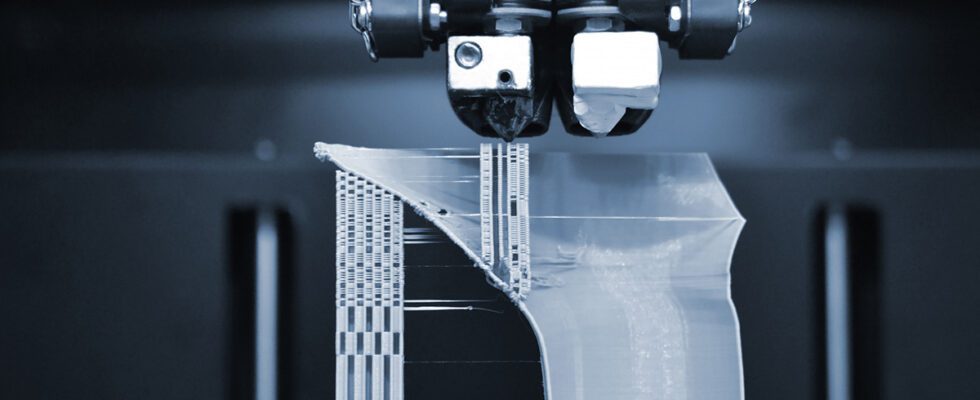For more than 10 years, foresight has given 3D printing a revolutionary role. In fact, 3D printing offers manufacturers new perspectives in terms of reducing supply times, business continuity and reducing time-to-market. Nothing revolutionary then, but real potential for competitive advantages.
Here are four situations in which 3D printing brings real gains to manufacturers.
Continuity of production lines
Sometimes all it takes is a grain of sand for the machine to jam: one part (even a tiny one) broken or faulty on a machine, and the entire production chain comes to a halt. While some parts, particularly wearing parts, can be stored, it is impossible to predict all breakdowns. And this is even truer when it comes to tailor-made systems.
In this context, 3D printing allows manufacturers to gain autonomy by creating spare parts on site. Therefore avoiding stoppages or slowdowns in production, pending receipt of the new part. While 3D printing today offers a large number of materials, some of which are potentially very durable, the main objective is to ensure business continuity without being dependent on supply lead times. Which have lengthened considerably, especially since the pandemic.
The design of temporary or micro-series tools
Between almost “artisanal” prototyping and mass production, the pre-series is a crucial stage in the industrial process. Similarly, the placing on the market of “micro-series” is more and more frequent in the industry. In both cases, the question of tooling arises: a machined mold is generally as long as it is expensive to manufacture.
Thus, from several weeks, the lead time for a 3D printed mold is reduced to a few days, and the costs are much more accessible. This technical prowess is made possible thanks to the development of materials that can withstand high thermal and mechanical stresses, it is now possible to directly 3D print mold impressions for plastic injection. This limits the risks in the pre-series phase and allows manufacturers to meet the increasingly advanced customization expectations of their customers.
The supply of finished product parts
Like parts for production lines, the supply of parts for finished products, especially when carried out on the other side of the planet, can be very long. In a context of local reindustrialisation, 3D printing can contribute to a new form of industrial independence. Especially since, in many cases, the sourcing of raw materials for 3D printing can take place in Europe.
Despite the distances, the cost per part of a local 3D production is generally higher than a supply from Asian suppliers, in particular on very large series, although this is less and less true for medium and small series thanks to the elimination of the cost of tooling and mould. But it is also the price of the internalization of production, of industrial autonomy, but also of a gesture for the environment. It should however be noted that the two sectors are not in competition, but rather complementary, depending on the products concerned and the organization of the company.
Reduced time-to-market
Time-to-market but also cost-to-market: by choosing 3D printing for one, several or all the components of a new product, it is possible for an industrialist to enter a market at lower cost, without significant risk, while retaining the possibility of very rapid development of the products concerned.
We then speak of a “living” product because its evolution does not depend on an expensive and time-consuming tool to produce, but simply on retouching on computer-aided design (CAD) software. In this case, the manufacturer is not limited, with 3D printing, to prototyping or pre-series, but can potentially completely internalize its production process.
In conclusion, while it is clear that 3D printing does not seem viable for mass production, it offers interesting prospects for the industrial sector of manufactured products, bringing more flexibility and welcome developments to industrial value chains.
From a macroeconomic point of view, it can also make it possible to gain industrial independence, while being favorable to the trade balance (fewer imports). But there is still a long way to go for large-scale deployment: in certain sectors, such as aeronautics or even the automobile, its use is still limited for the production of finished parts, in particular because of normative constraints that are difficult to overcome. In other words, there are still many challenges to overcome for total confidence to be established in 3D printing.
